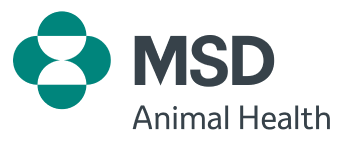Farmers
Jack Pettitt
Location
Volis Farm, Taunton
Herd Size
270 Cows
When the herd at Volis Farm near Taunton converted from a spring calving block
to an autumn pattern, a herd monitoring system was introduced to improve heat
detection and ensure the new calving window remained as tight as possible.
Jack Pettitt manages the herd at Volis Farm on behalf of Caroline Spencer who is the second generation of her family to farm at the Crown Estate property. Prior to 2020, the low input, low output herd of 270 cows had been calving in a spring block and averaging 5,000 litres per lactation. However, over the last couple of years, the herd has shifted to an autumn calving pattern to maximise milk production and reduce the risks associated with summer droughts.
“The farm is very dry, so naturally leans more towards an autumn calving system as we often run short of grass in a dry year,” Jack explains. “With weather patterns becoming less predictable and more extreme, we therefore decided to transition the herd to an autumn calving system so that, in a drought year, we’ve got the option to dry the herd off during the summer instead of having to purchase supplementary feed.
“Moving to an autumn block also future-proofs the herd as we’re now producing the majority of our milk when supply is less plentiful which hopefully makes us more appealing to milk buyers.”
The change to autumn calving commenced in spring 2020 when the herd’s usual 12-week service window was cut short at eight weeks, with those cows not in calf (approximately 20% of the herd) subsequently served six months later.
“A year after we started to change things around, we had roughly 180 cows conceiving in the spring and 100 in the autumn,” Jack describes.
“Our aim was always to calve everything in a maximum of 12 weeks starting on 10th August,” Jack adds, “but in the first full year of autumn calving, things had dragged to 13 weeks, mainly because we weren’t spotting enough heats. That was because the cows, which were now coming into heat when they were housed instead of being out at grass, were less inclined to stand to be mounted on concrete.
“We therefore upgraded our previous tail painting system by installing 320 SenseHub® monitoring collars, 60 of which are used to detect heats in bulling heifers, with the rest used on the milking herd to detect heats and operate a newly installed drafting gate.”

tight as possible.
In addition to its role as a heat detection tool, the SenseHub® system was also chosen for its ability to provide early warnings of potential health and distress issues within the herd and “because we wanted to buy an all-in-one system which could also control the drafting gate from a company that offered reliable aftersales support,” Jack adds. “We short-listed four options before settling on the SenseHub® system after meeting with MSD Animal Health’s Steven Ewings who is only ever a phone call away should we need his help with anything. We can also contact the SenseHub® customer service team via the ‘contact us’ button in the SenseHub® app which means there’s always someone available to help as and when the need arises.”

“Twelve months after the SenseHub® collars were installed, the herd’s calving window has tightened to 11 weeks, with 250 cows producing an average of 6,500 litres per lactation.”
“Forty percent of the cost of collars and sorting gate was funded by a small business productivity grant, but the system has already started to pay for itself through improved herd performance and the amount of time we’re saving each day,”
“The system has taught us that some of our youngest heifers weren’t growing quickly enough on their summer parkland keep as they weren’t quite ready to be served when we wanted them to be. This year we’ll weigh everything and supplement their diets with extra feed as required, and instead of putting all our heifers in with a bull, we’ll AI them with sexed semen
instead. That’s not something we’d have done before, but with the SenseHub® system spotting heats reliably, we’ve now got the confidence to know when they are bulling and when they’ll be receptive to being served.”
The SenseHub® system is also improving the herd’s management by highlighting potential health issues: although it can’t diagnose specific ailments, it can detect behavioural patterns such decreased activity and reduced rumination which can be indicative of an underlying health problem.
“We’re still learning how to interpret the various health and distress alerts the system generates,” Jack describes, “but we’re already seeing some very tangible benefits. Now, if we find clots in the milk filter, we can have a quick look at the SenseHub® app to identify which cow or cows might be starting to go down with mastitis. Previously we’d have had no idea which one of
270 cows to inspect which made it tricky to get ahead of the problem. Now we can pinpoint which cows need help and treat them much sooner which not only saves us time, but also protects milk quality and cow health.”

Additional time is saved by using the SenseHub® sorting gate to segregate cows for AI or veterinary treatment: “We’re saving at least 40 minutes per milking by not having to leave the parlour to draft cows for AI, and more than an hour by not having to walk the cow sheds to do our daily bulling checks,” Jack explains.
“Not having to apply tail paint saves a further couple of hours a week, and, because we’re no longer looking for signs of tail paint rubbing in the parlour, we can concentrate fully on the milking regime which means anyone can milk the cows and I know all the necessary cows will have been drafted for AI.
“It’s a much less stressful way of working for everyone involved, and, on a personal level, I get much more job satisfaction because I can see all of the herd’s key performance indicators such as pregnancy rate, first service to conception rate and number of empty cows all improving.”
To find out more about how SenseHub® could improve the productivity and profitability of your herd, please scan the QR code: or contact us on 01207 529000 or allflexuk@msd.com
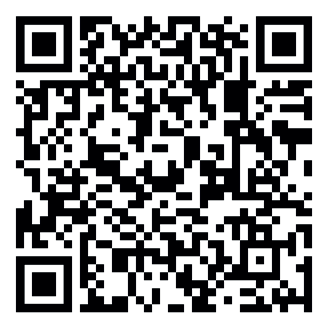


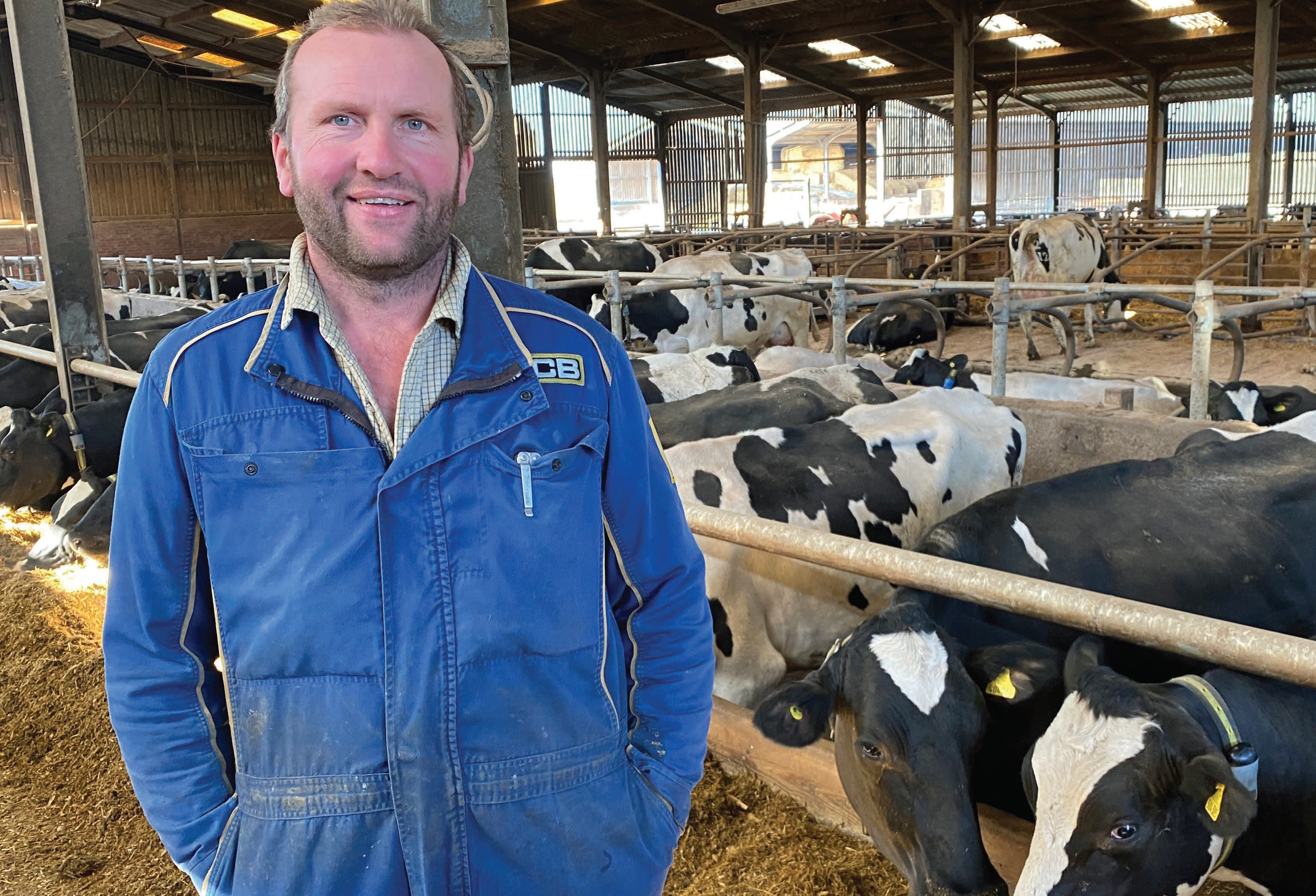

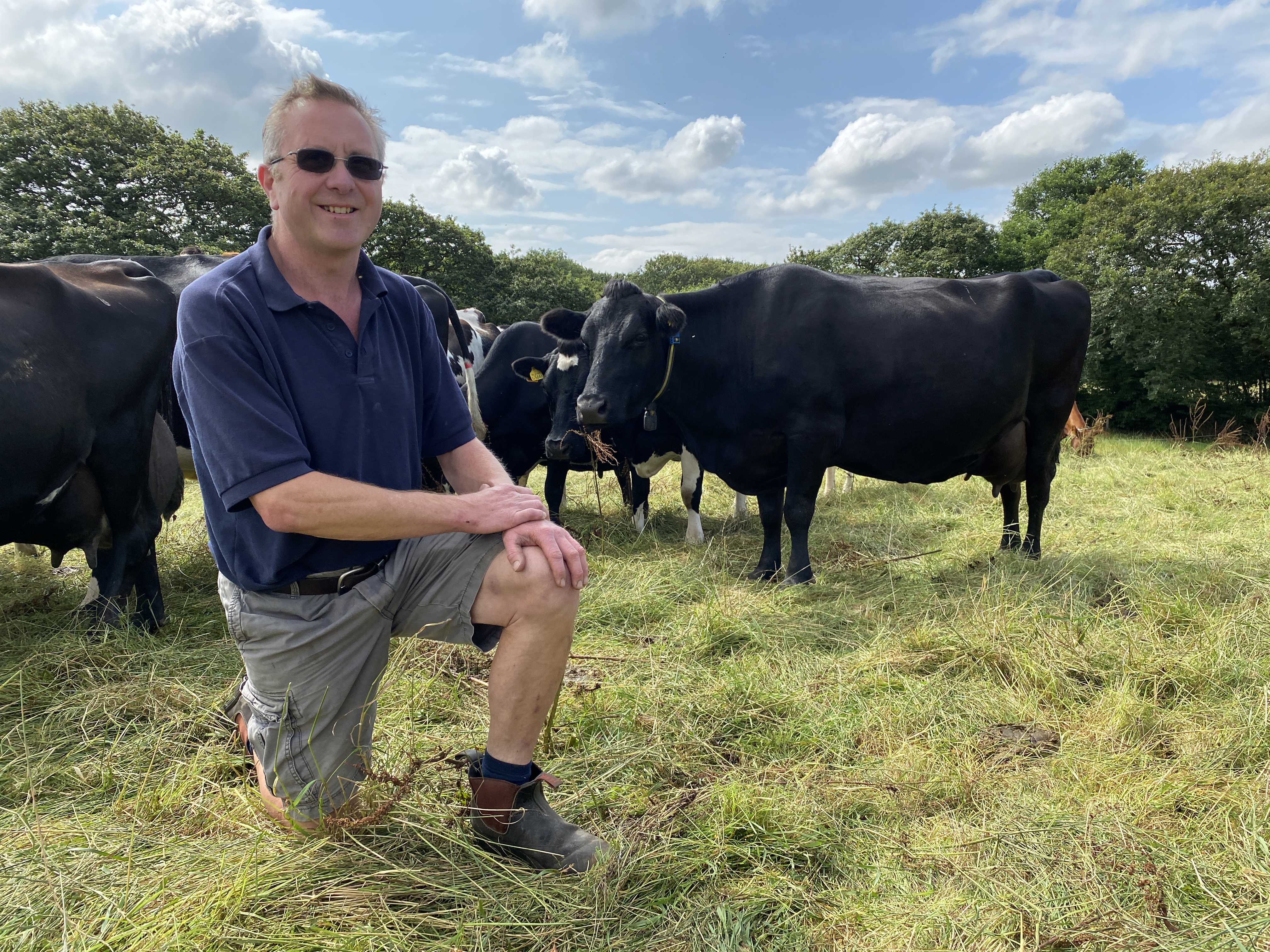
 Argentina
Argentina Australia
Australia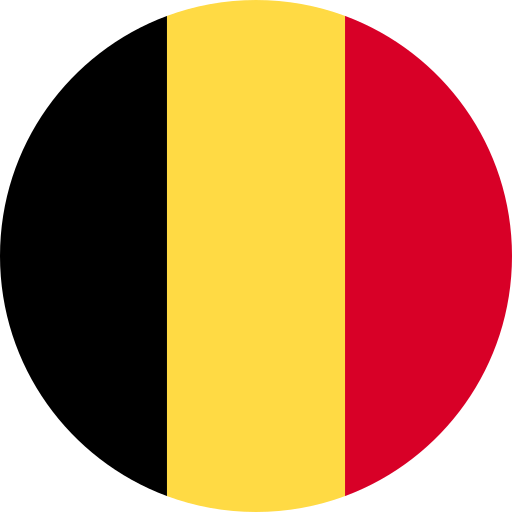 Belgium (Dutch)
Belgium (Dutch) Brazil
Brazil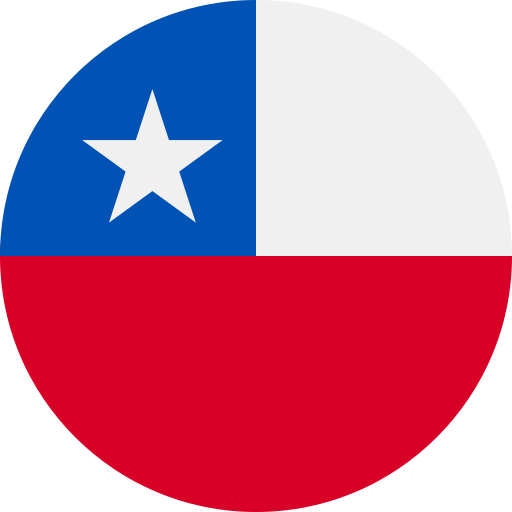 Chile
Chile Colombia
Colombia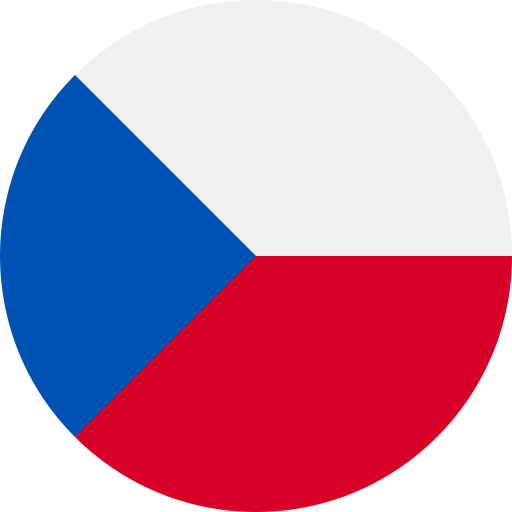 Czech Republic
Czech Republic Finland
Finland France
France Germany
Germany Ireland
Ireland Italy
Italy Japan
Japan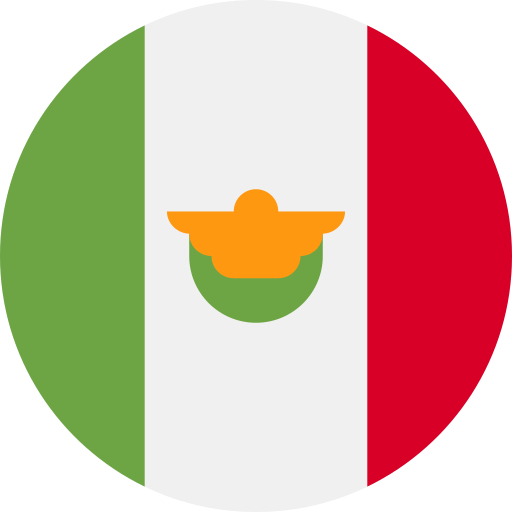 Mexico
Mexico New Zealand
New Zealand Norway
Norway Panama
Panama Poland
Poland Portugal
Portugal Spain
Spain Sweden
Sweden United Kingdom
United Kingdom Global
Global